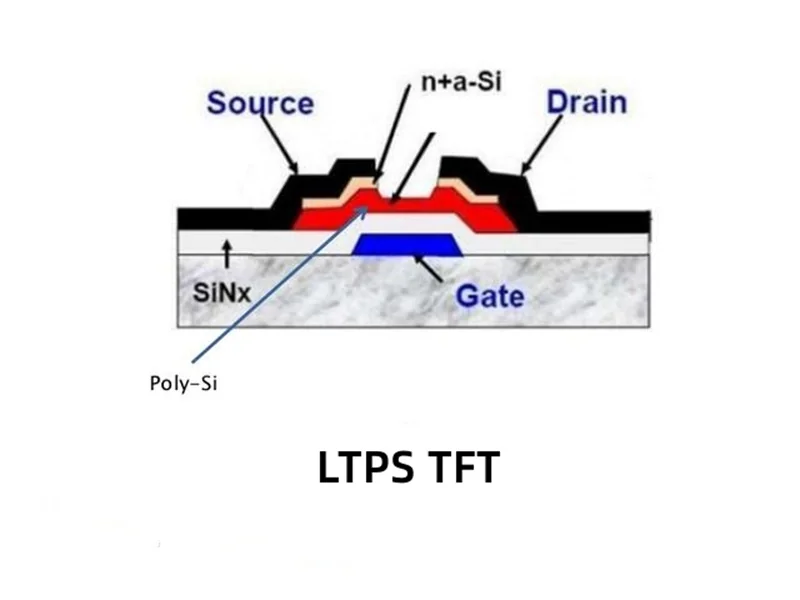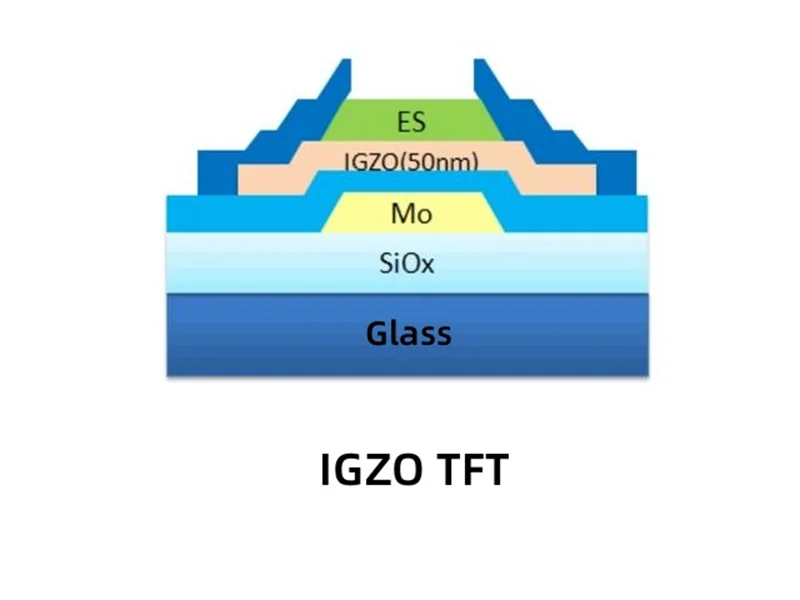Liquid crystal display (LCD) screens have revolutionized the way we interact with technology, from smartphones and tablets to televisions and computer monitors. These screens consist of multiple layers, including two glass substrates with a layer of liquid crystal in between. Over the years, LCD screen technology has undergone significant advancements, particularly in thin-film transistor (TFT) technologies such as a-Si, IGZO, and LTPS. In this article, we will delve into the specific features and benefits of each of these technologies, highlighting their impact on display quality and performance.

The working principle of an LCD screen involves the manipulation of light through the liquid crystal layer. When current passes through the transistors on the lower glass substrate, an electric field change is produced, causing the liquid crystal molecules to deflect and change the polarization of light. The brightness or darkness of each pixel is determined by the polarization of light, which is controlled by a polarizing plate. Additionally, the upper glass substrate is attached to a color filter, allowing each pixel to emit red, green, and blue colors, forming the video image displayed on the screen.
The earliest TFT-LCDs used a-Si (amorphous silicon) as the substrate material. This technology was widely adopted due to its simplicity and low cost. However, a-Si technology had limitations in terms of achieving high brightness and resolution. The large pixel area occupied by the switch resulted in a low aperture ratio, making it challenging to meet the demands of high-resolution and vibrant color displays.

To overcome these limitations, new thin-film transistor technologies were developed, including IGZO (indium gallium zinc oxide) and LTPS (low-temperature polysilicon). IGZO is a type of metal oxide panel technology that offers advantages such as high mobility, good uniformity, transparency, and a simple fabrication process. Compared to a-Si, IGZO has better stability under light exposure and is suitable for flexible displays. However, it also has some drawbacks, including a relatively short lifespan and sensitivity to water and oxygen. To address these issues, a protective layer is required, which can slow down the mass production process.

On the other hand, LTPS technology has gained popularity in high-end devices. LTPS is a type of crystalline silicon technology formed by irradiating amorphous silicon with laser light, transforming it into a polycrystalline structure. LTPS offers higher electron mobility compared to a-Si and IGZO, resulting in higher resolution, faster response times, and higher brightness for display devices. One of its significant advantages is its compatibility with OLED technology. LTPS screens have narrower bezels, higher contrast, faster response times, and lower power consumption, making them ideal for high-end smartphones, gaming devices, and virtual reality applications.

As technology continues to advance, LCD screen technology is constantly evolving and improving. Each of the three technologies, a-Si, IGZO, and LTPS, has its own advantages and disadvantages. While a-Si remains widely used due to its simplicity and low cost, IGZO and LTPS offer enhanced performance and features for high-resolution displays and flexible applications. These technologies play crucial roles in the LCD market and may find applications in various fields in the future.
In conclusion, LCD screen technology has come a long way from the early days of a-Si to the advancements of IGZO and LTPS. The development of these thin-film transistor technologies has enabled higher resolution, faster response times, and improved power efficiency in LCD screens. As consumer demand for display products continues to grow, we can expect further innovations and improvements in LCD screen technology, providing us with more immersive and visually stunning experiences.






